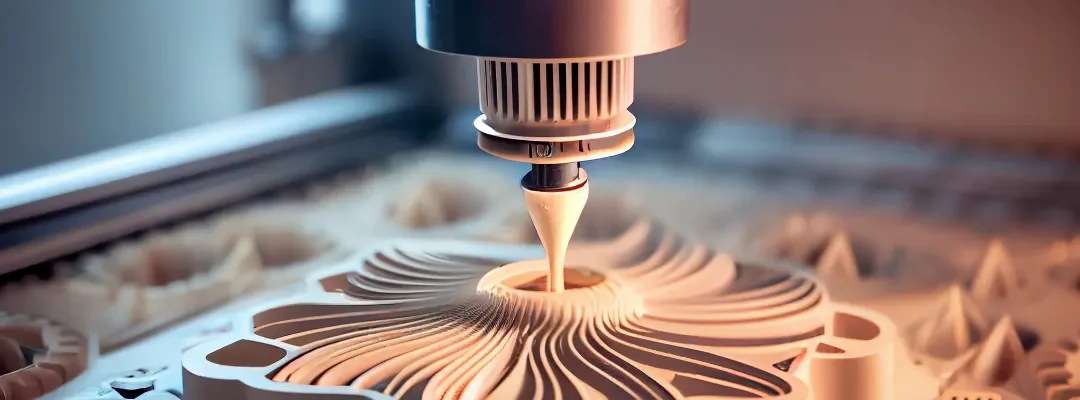When it comes to permanent part identification or traceability, two advanced laser technologies dominate the conversation: laser marking and laser engraving. While these terms are often used interchangeably, they involve very different processes — each with specific advantages depending on your industry, material, and durability needs.
So, how do you choose between them? This guide breaks it down by method, use case, and performance criteria.
What Is Laser Marking?
Laser marking is a non-invasive technique that changes the surface appearance of a material without removing any of it. It typically uses low-powered lasers to create high-contrast marks through localized heating.
Types of Laser Marking Processes:
- Oxidation – Creates dark markings on metals.
- Annealing – Ideal for stainless steel and titanium (no surface damage).
- Foaming – Used on plastics to create light, raised marks.
Common Applications:
- Medical device labels (UDI codes)
- Electronic components
- Automotive dashboards
- Branded logos on sensitive parts
Best For: Items that require precision, contrast, and non-damaging marks, especially on heat-sensitive or coated materials.
What Is Laser Engraving?
Laser engraving uses high-powered beams to remove layers of material, leaving behind deep, durable marks that can be both seen and felt. The beam either vaporizes or melts the surface, creating grooves.
How It Works:
- A high-intensity laser pulse heats the material.
- The beam vaporizes or displaces the material.
- The resulting mark is textured and permanent.
Common Applications:
- Industrial asset tags
- Serial numbers and barcodes
- Aerospace part tracking
- Tools, molds, and machine parts
Best For: Applications that need extreme durability, tactile feedback, or long-term readability — especially in harsh environments like manufacturing floors or outdoors.
Laser Marking vs. Laser Engraving: At-a-Glance Comparison
| Feature | Laser Marking | Laser Engraving |
|---|---|---|
| Material Removal | No | Yes |
| Durability | Surface-level, high contrast | Deep, wear-resistant |
| Speed | Faster for high volumes | Slightly slower, more intense process |
| Appearance | No texture, crisp visuals | Textured, tactile finish |
| Material Suitability | Plastics, coated metals, anodized Al | Bare metals, wood, industrial plastics |
| Best For | Branding, electronics, medical devices | Industrial ID, asset tracking, outdoor use |
How to Choose the Right Method for Your Project
Choose Laser Marking If:
- Your material is sensitive to heat or surface damage
- You need rapid production with high contrast visuals
- Regulatory compliance requires non-invasive labeling (e.g., FDA, IEC, ISO)
Choose Laser Engraving If:
- You require deep, abrasion-resistant marks
- Your parts will be exposed to chemicals, weather, or mechanical wear
- You’re engraving metal, tools, or long-life industrial tags

